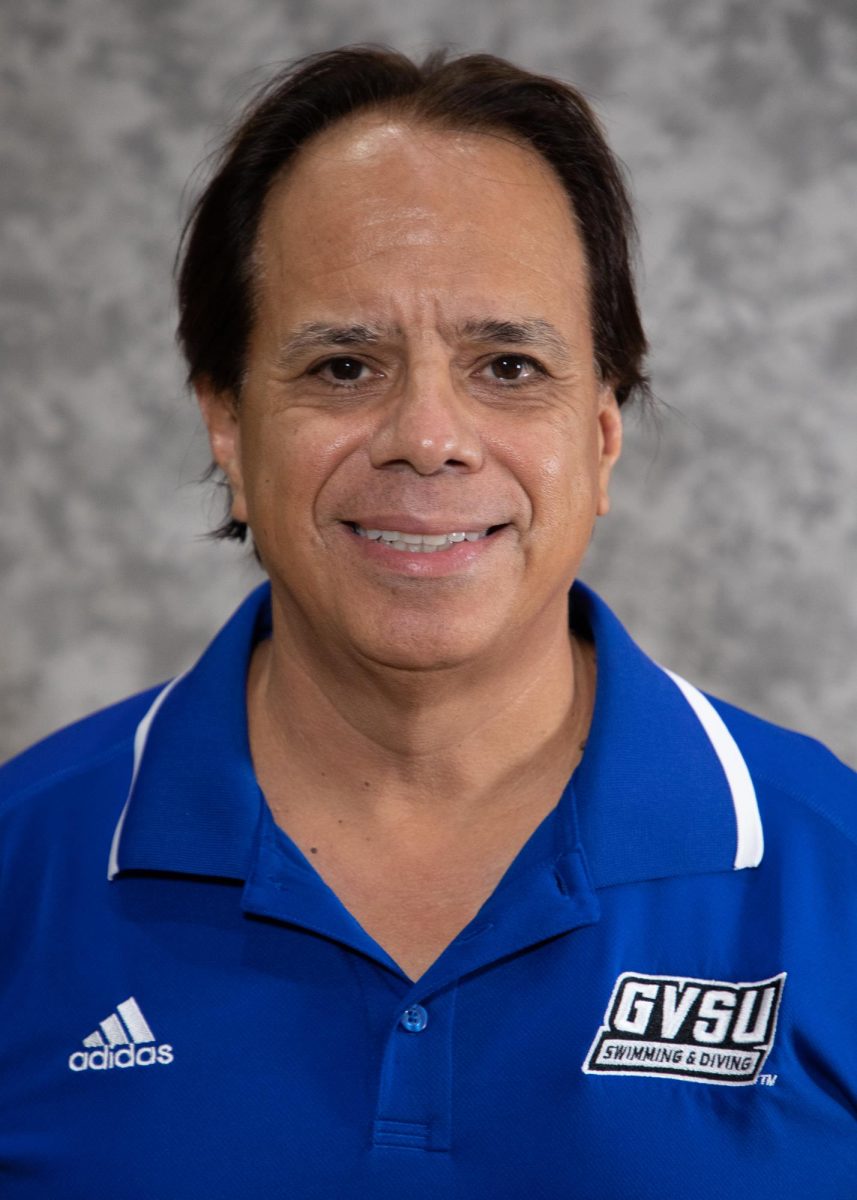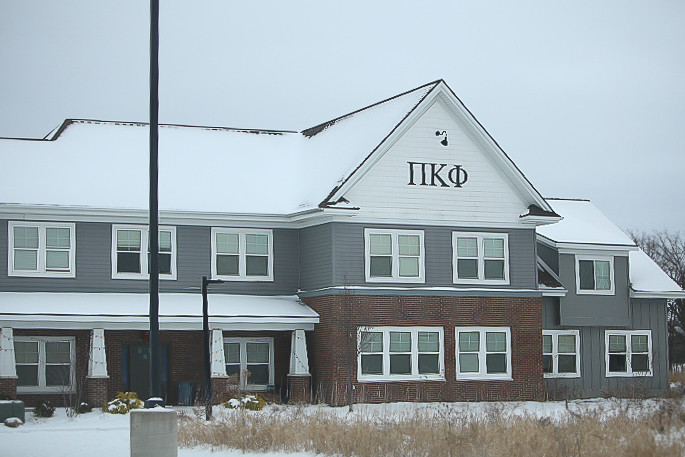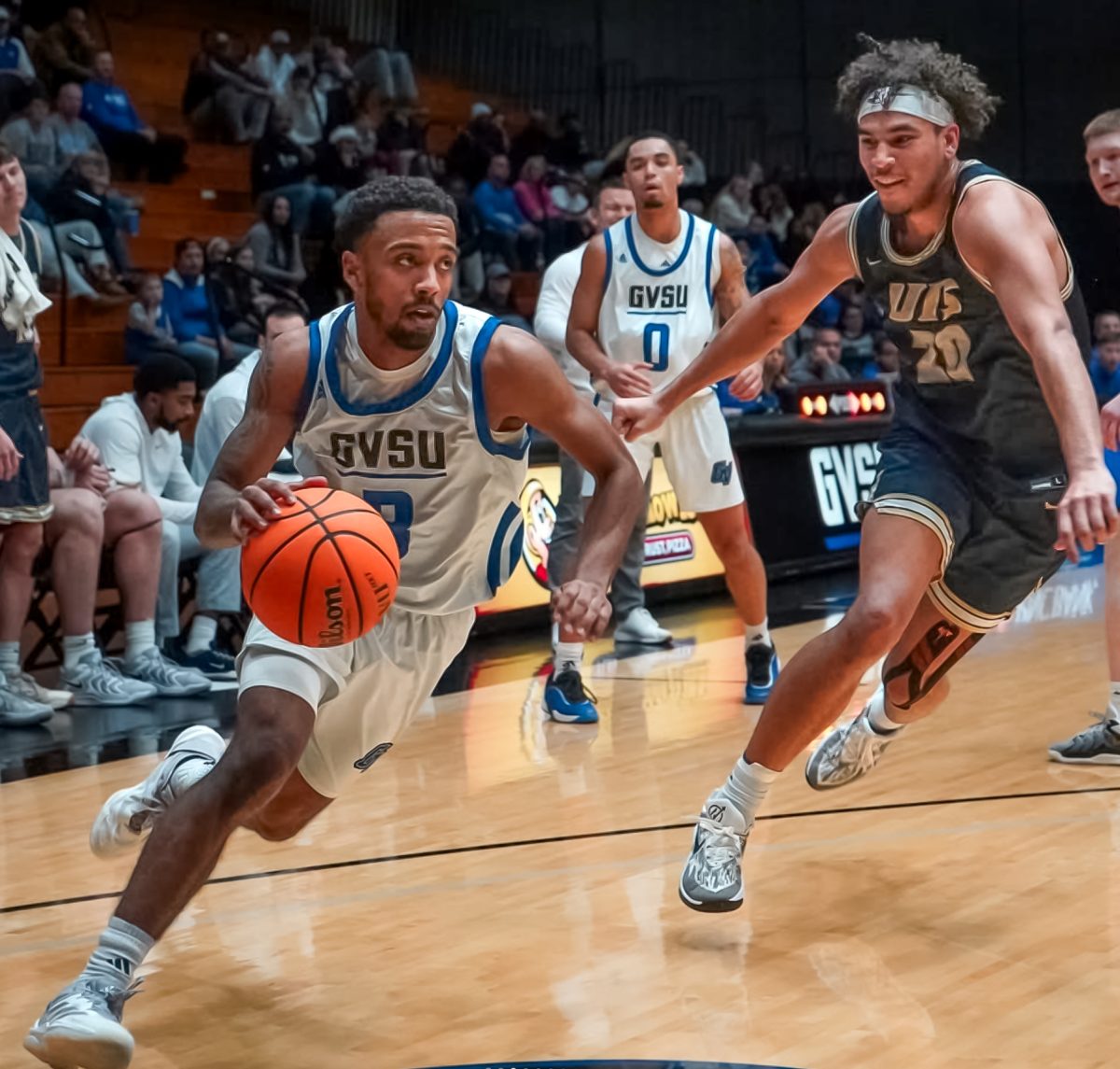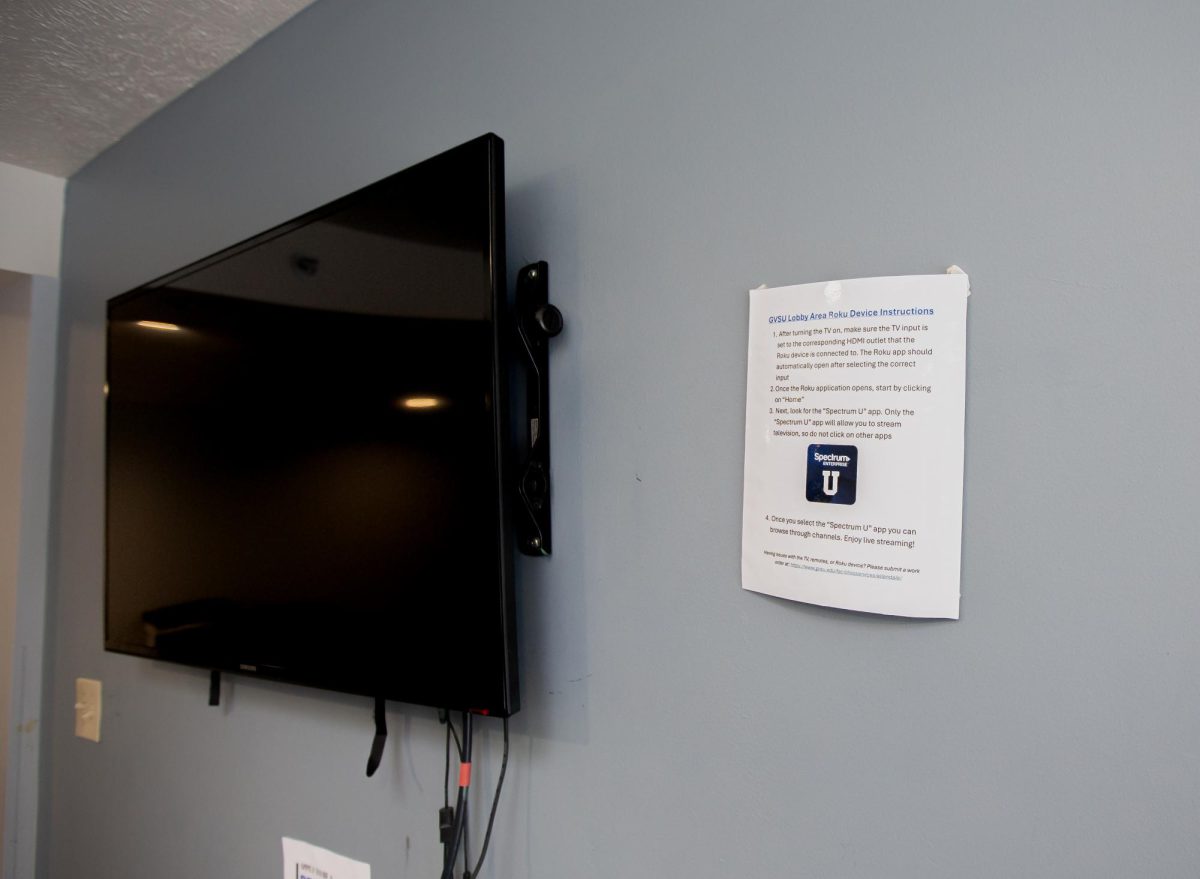GV conducting sixth Climate Survey
Sep 30, 2019
Grand Valley State University’s dedication to inclusion is apparent just from a walk around Kirkhof, where campus centers for student support like the Office of Multicultural Affairs and Campus Interfaith Resources are housed. But in order to provide resources that meet the needs of students and faculty, GVSU has to take the initiative in discovering what those needs are. That’s why our Division of Inclusion and Equity regularly assesses campus wellbeing to “get a snapshot of what it’s like to learn, live and work at Grand Valley,” according to GVNow.
“We are conducting our sixth campus climate survey in our 59 year history, which is a tremendous opportunity and a tremendous achievement — only 12% of universities have ever done a climate assessment, and among those most have only completed one,” said Vice President for Inclusion and Equity Jesse Bernal at an open forum Sept. 24.
The myGVSU Climate Survey will launch on Nov. 14, and all GVSU students, faculty and staff are encouraged to participate and share their experience. As incentive, those who complete the survey have the chance to win $1,000-$2,000 in grants.
“Our external climate affects us internally,” Bernal said. “A climate survey is a snapshot in time about how we’re feeling about our university, how we’re experiencing our university. When students and faculty and staff experience positive perceptions and healthy experiences, our students are getting a better education, our teachers and staff have a sense of productivity. People stay longer. Our measure of campus climate is the Sue Rankin model of ‘current attitudes, behaviors, standards and practices of employees and students of an institution.’ We don’t collect a lot of population identity data on campus, so what the survey allows us to do is get a better picture of our community like gender identity, caregiver status, first time students in a family, people with disabilities.”
GVSU’s last survey in 2015 featured a number of improvements over its predecessor in 2011, including shortening the length by refining questions and separating transgender and nonbinary students from the overall LGBTQ community for a more direct understanding of the demographic. The survey had a 42% response rate, impressive compared to the average survey response rate for institutions of our size, which is 30%. The wealth of responses allowed the Division of Inclusion and Equity to pursue a number of projects based on the reported experiences of survey takers.
“The myName process was developed after the 2015 survey with some urgency after seeing responses from transgender respondents,” Bernal said. The myName process allows students to change their name in most university systems without a legal name change.
“We’re enhancing diversity training opportunities for students, faculty and staff,” Bernal said. “Employee Ombuds were just squashed before the survey came out in 2015, and based on responses the Provost and the President are re-examining this. What I’m really happy to finally be able to report is that this semester we’re conducting our first hiring equity study, looking at salary equity and disparities based on demographics like race, gender and age.”
This upcoming 2019 survey will also feature improvements, most notably the use of an interactive dashboard for survey results. The dashboard will feature live response rates accessible to anyone with a GVSU email, making the data more freely available to those who want to see the results for themselves.
“The biggest question we get is the confidentiality of the survey,” Bernal said. “The survey is confidential, and your identity will be protected. The second biggest question is ‘you don’t do anything with this data, so why should I respond?’ Which is why we’re trying to broadcast what we are doing with our data. This survey is especially important, as we’re setting a baseline for President Mantella’s tenure here. In our last survey we saw an increase in personal experiences with negative climate — from 11% of responders to 14% of responders — and though we’re doing much better than the national average, which is 23%, what I know President Mantella believes, and what President Haas believed at the time, is that even 1% would be an issue that we should respond to.”
For more information, watch GV’s official video.


























